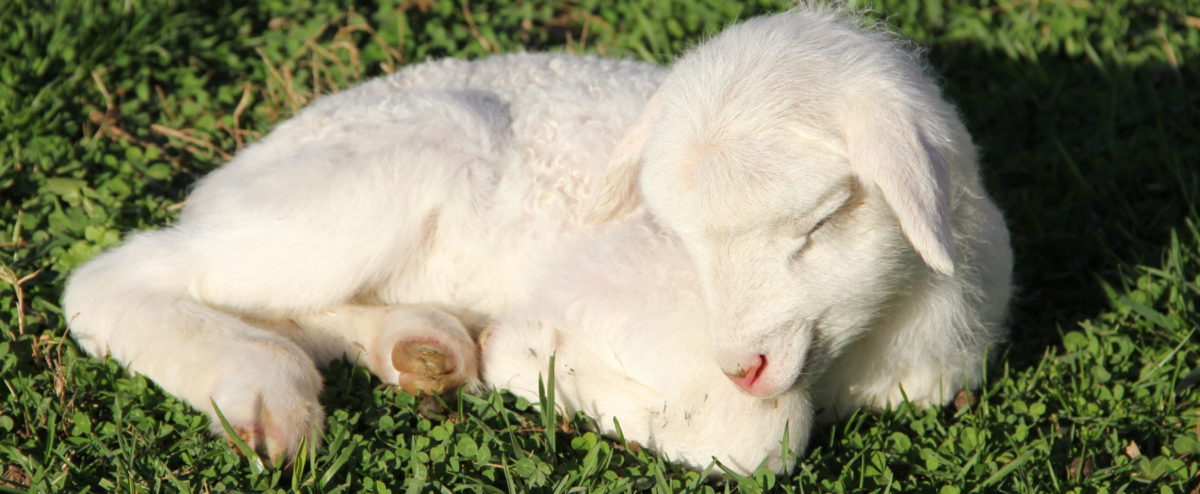I’m not sure when I first discovered Shepherd’s Pie. I don’t remember Mom making it, though she might have. She was a darned good cook and Shepherd’s Pie is the type of dish she would have made. On the other hand, I don’t think we ever ate lamb when I was growing up. Most likely, I came across it when I was in the Air Force, back in the early 70’s, stationed in England. That makes sense.
It’s kind of like remembering when you first fell in love–back in the hazy past, sometime, somewhere. The details aren’t important. The only important parts are 1) that you did fall in love, and 2) you’re still in love.
And what’s not to love about Shepherd’s Pie? At its most basic, it’s veggies and meat, browned and tossed in a bowl, slathered with mashed potatoes and baked until it all melds into one amazing lips-to-belly experience. I have to admit, however, that mashed potatoes is one of my all-time favorite foods.
And what’s not to love about mashed potatoes? They’re relatively easy to make, cheap, filling, and creamy. Also, it is a truth universally acknowledged that they are the world’s greatest delivery mechanism for butter. As and added bonus, if you make them stiff enough, you can build little sculptures on your plate–a la Close Encounters. But I digress.
Shepherd’s Pie is an old Irish recipe. (Cottage Pie is English and is made with ground beef). There are lots of variations for both. I have made them as simply as browning a pound of ground beef with a chopped onion, putting it in a baking dish, adding a bag of frozen mixed veggies (peas, corn, beans), covering it all with a thick slab of mashed potatoes, and sliding it into a 350-degree over for 45 minutes. I’ve even made it with vegetarian ground beef. I’ve never had a bad one.
The thing is, Shepherd’s Pie was developed in the late 1700’s as a way of using bits of left-over meat and veggies from other meals. So, it’s hard to make a mistake with it. It’s very forgiving. It has mashed potatoes. It has butter.
Below is a recipe we have been making for the past few years. It looks pretty complicated, but that’s because they are explaining how to make mashed potatoes. I will include the recipe almost exactly as it appears in the Irish Cooking Bible (publishing info below), but keep in mind that you can vary it as you like. I generally use less meat OR more potatoes–but I like a higher potato-to-meat ratio. It’s an excellent recipe, and though the book calls itself a “Bible,” it’s not sacred.

Ingredients (4 – 6 servings)
- 3 medium russet potatoes (1 1/2 lbs), peeled and cut into 1-inch pieces
- 5 tablespoons butter, divided
- 1/2 cup milk
- 1 teaspoon salt, divided
- 1/2 teaspoon black pepper, divided
- 2 medium onions, chopped
- 2 medium carrots, finely chopped
- 1/2 teaspoon dried thyme
- 1 1/2 pounds ground lamb (or beef, for Cottage Pie)
- 3 tablespoons tomato paste
- 1 tablespoon Worcestershire sauce
- 1 1/2 cups reduced-sodium beef broth
- 1/2 cup frozen peas
Cooking the potatoes
- Preheat oven to 350 degrees. Spray 1 1/2 quart baking dish with nonstick cooking spray.
- Place potatoes in large saucepan; add cold water to cover by 2 inches. Bring to boil over medium-high heat; cook 16-18 minutes or until tender. Drain potatoes; return to saucepan.
- Heat milk in small saucepan over medium-high heat until hot. Add 3 tablespoons butter, 1/2 teaspoon salt, and 1/4 teaspoon of pepper; cook until butter is melted. Pour milk mixture into saucepan with potatoes; mash until smooth. Set aside.
Cooking the meat and veggies


- Melt remaining 2 tablespoons butter in large nonstick skillet. Add onions, carrots, and thyme; cook 8 to 10 minutes until vegetables are softened but not browned, stirring occasionally. Add lamb [or beef]; cook over medium-high heat 4 minutes or until no longer pink. Drain excess fat. Return to skillet to heat; cook 5 to 6 minutes or until lamb is lightly browned.
- Add tomato paste and Worcestershire sauce; cook 1 minute.
- Stir in broth; bring to a boil and cook 7 to 8 minutes or until nearly evaporated [cook it down well, it may take longer than 8 minutes].
- Stir in peas, remaining 1/2 teaspoon salt and 1/4 teaspoon of pepper; cook 30 seconds. Transfer mixture to prepared baking dish.
- Spread mashed potatoes in even layer over lamb mixture; use spatula to swirl potatoes or fork to make crosshatch design on top.
- Bake about 35 minutes or until filling is hot and bubbly and potatoes begin to brown.

This recipe is from the Irish Cooking Bible: More than 120 Delicious Recipes from Pub Fare to Country Classics. 2013, Publications International, Ltd.





